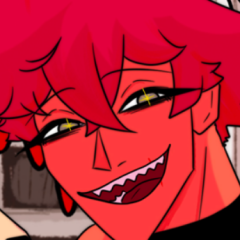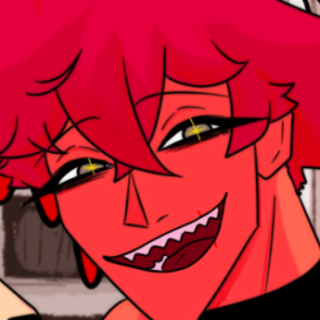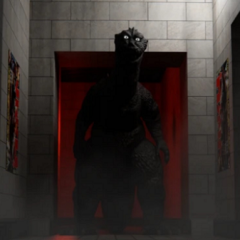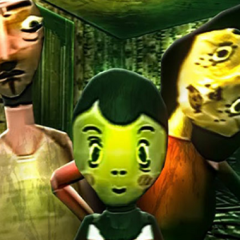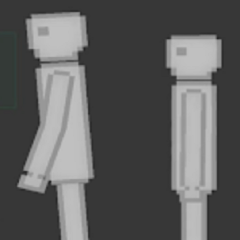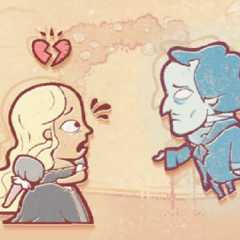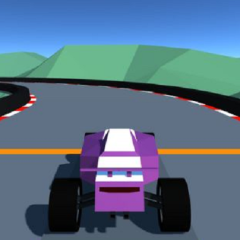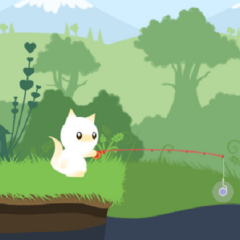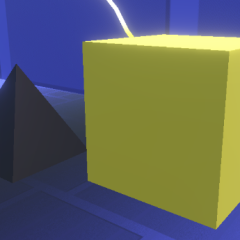To Eat a God presents a world arranged around function, ritual, and surveillance. The Garden is not a place of beauty but of purpose. Each inhabitant acts according to a script, and the player’s puppet is no exception. The puppet awakens within a pattern it does not understand, surrounded by beings who speak in riddles about service and devotion. The Garden demands order and punishes deviation. Its calm surfaces hide the weight of repetition. The player learns that existence here is conditional, tied to obedience and the ability to perform a role without hesitation.
Puppets and Awareness
The puppet moves through the Garden with a sense of partial awareness. It remembers fragments of something before creation but cannot place them. Through dialogue and ritual, it starts to see gaps in the structure—moments when the Symbols falter or contradict one another. The game uses these small fractures to explore the question of consciousness inside a controlled world. Every command feels absolute, yet the puppet’s growing awareness threatens the very system that defines it. The result is not rebellion in the usual sense but erosion—a slow unraveling of the Garden’s authority from within.
The Mechanics of Belief
Progress in To Eat a God depends on understanding and repeating sacred actions. The Garden tests not strength but consistency. Every interaction teaches the puppet to follow, but also to question what following means. The rules of the system can be summarized through the player’s objectives:
· Learn the rituals attached to each Symbol
· Maintain alignment with the order of the Garden
· Observe others without breaking formation
· Translate cryptic messages into practical choices
· Preserve identity while pretending to have none
This structure forms the backbone of both story and gameplay. Each step forward deepens the conflict between knowledge and submission.
Collapse and Renewal
As the puppet learns, the Garden begins to decay. Voices fade, colors shift, and time fragments. The very act of understanding becomes dangerous, as awareness invites punishment. The game portrays collapse not as failure but as an inevitable consequence of growth. When rules break down, new meanings appear. The Garden’s decay allows the puppet to glimpse what lies beyond the cycle of worship and silence.
The ending of To Eat a God closes the circle. The puppet faces the entity it once served and consumes it—not out of hunger but necessity. The act dissolves separation between mortal and divine. The Garden’s laws are absorbed, not destroyed, suggesting that freedom can only exist through transformation. The player is left with reflection, not reward: to eat a god is to accept the cost of understanding.

